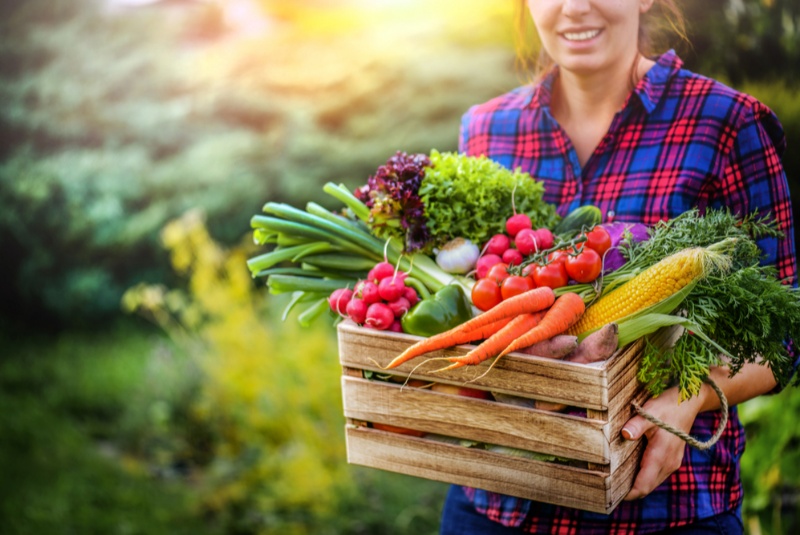In an era where wellness and health are paramount, organic produce has rapidly ascended to become a staple in many households. However, buying organic can be a nuanced journey. From understanding labels to picking the freshest produce, a smart shopper must embody a discerning approach to navigate the organic aisles successfully. Here’s how you can master the art of buying organic produce without burning a hole in your wallet.
1. Understanding Organic Labeling
To buy smart, one must first understand what ‘organic’ truly means. Typically, organic products are grown without synthetic pesticides, genetically modified organisms, or artificial fertilizers. However, labels can vary significantly, and understanding them is the first step to making informed decisions.
- 100% Organic: Every ingredient is organic.
- Organic: At least 95% of the ingredients are organic.
- Made with Organic Ingredients: Contains at least 70% organic ingredients.
2. Seasonal Shopping
Seasonal produce is not just fresher and tastier, but it is often more affordable. Create a seasonal shopping calendar to acquaint yourself with the produce that is in season in your region. Buying seasonal ensures that you are getting the freshest produce while supporting local farmers and reducing your carbon footprint.
3. The Dirty Dozen and Clean Fifteen
Each year, the Environmental Working Group (EWG) publishes a list of fruits and vegetables known as the "Dirty Dozen" and the "Clean Fifteen". The Dirty Dozen lists the produce with the highest pesticide residues, encouraging organic purchases. Conversely, the Clean Fifteen enumerates those with the least pesticide residue, where buying conventional might be a safer bet.
4. Farmer’s Markets
Frequenting farmer’s markets can be a smart move as they often offer fresh, local, and organic produce at lower prices. Establishing a rapport with local farmers can also give you insights into how the produce is grown, allowing for a more informed purchase.
5. Bulk Buying
Consider buying non-perishable organic items such as grains, nuts, and spices in bulk. Not only will this save packaging, but it often comes with a discounted price tag. Be sure to store bulk items properly to retain their freshness.

6. Grow Your Own
If you have a green thumb, growing your own organic produce can be the most rewarding and economical solution. Start with easy-to-grow herbs and vegetables, gradually expanding your home garden.
7. Organic Store Brands
Many stores offer their organic brands, which are usually more affordable than well-known brands. Don’t shy away from trying these out; they often offer excellent quality at a lower price point.
8. Use Technology
Several apps can assist you in your organic shopping journey. Apps like ‘Harvest’ can help you understand the best time to buy different produce, while ‘Dirty Dozen’ can provide insights into the pesticide residue on various fruits and vegetables.
9. DIY Organic Cleaning
Instead of spending on expensive organic cleaners, make your DIY cleaner using vinegar and water in equal parts. It helps in removing pesticide residues and dirt from your produce.
10. Read Reviews and Blogs
Join communities and read blogs to get tips and reviews on different organic products. Leverage the experiences of other consumers to make informed decisions.
Embarking on the path of organic shopping does not have to be cumbersome or heavy on your pockets. It’s about making informed choices and being in sync with the seasons and the local produce available. As you hone your skills as a smart organic shopper, remember that every small step counts in nurturing your health and that of the planet.
Keep this guide handy on your next shopping trip, and step confidently into the world of organic buying, where health meets taste, fostering a greener, more sustainable future. It is not just a shopping expedition; it is a journey towards conscientious consumption, nurturing not just oneself but the community and the environment, one organic apple at a time.




